The Psychology of Color in Design
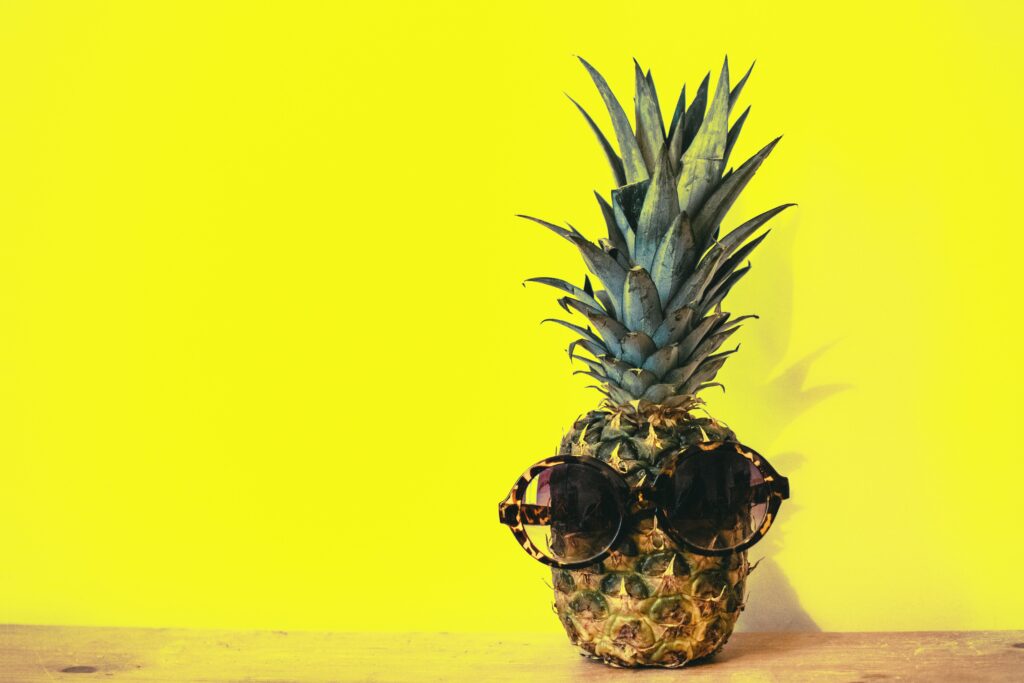
Colors are a primary element in design, and for a very good reason. They exude emotions, and many times, they will encourage us to take specific actions that we might not think of otherwise. Experimenting with colors, understanding their meaning, and using them effectively can lead to an exceptional and very successful design.
What is color psychology?
Color psychology is crucial because it allows you to identify human emotions and behaviors, then link them to specific colors. Humans react to colors differently, based on their hue and presentation, but also personal taste, cultural background, and many other criteria.
One thing that many don’t realize is that color will affect our perception, so it’s important to understand color theory and use it for marketing and branding. High-quality graphics design will help anticipate these differences, make the most out of each color’s unique appeal and meaning while increasing the marketing efficiency of that piece.
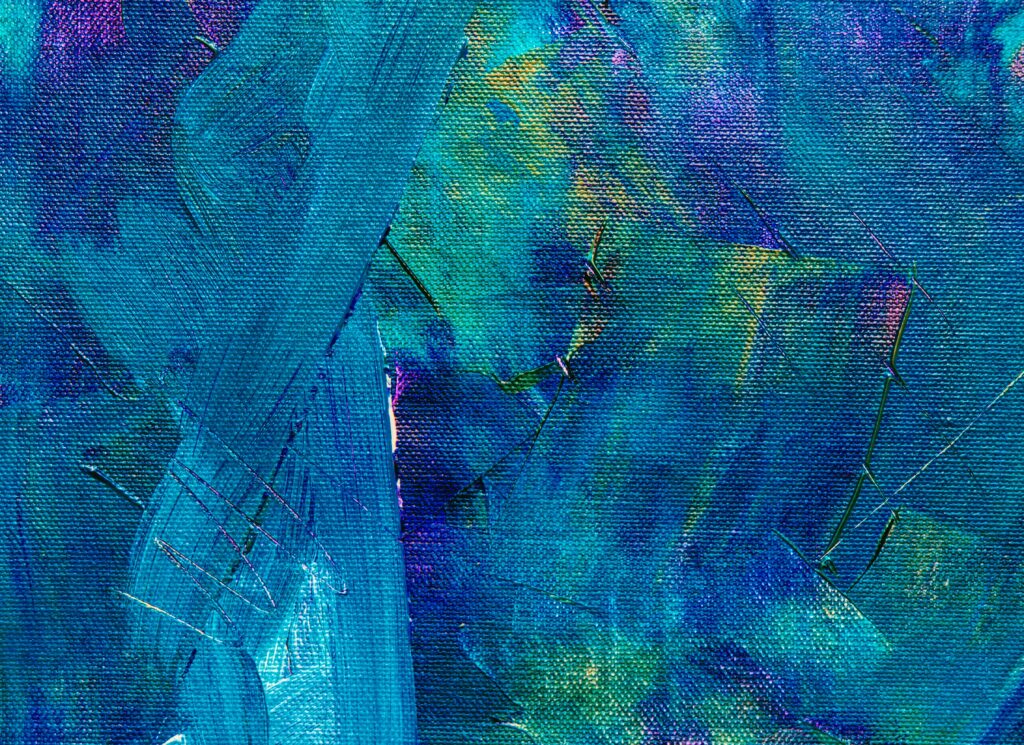
For example, yellow is seen as a cheerful color in most of the world, but in China, this will have an adult, rather vulgar connotation.
White signifies mourning in India, Japan, or the Middle East. Yet, in the US, it’s seen as a color that shows purity and transparency.
Understanding the customer base, their lineage, culture, and other traits like that will help you make the most out of your designs. That way, you integrate meaningful colors that will help you better connect with the audience and inspire trust, maybe even generate sales.
What’s the meaning of certain colors?
Warm colors
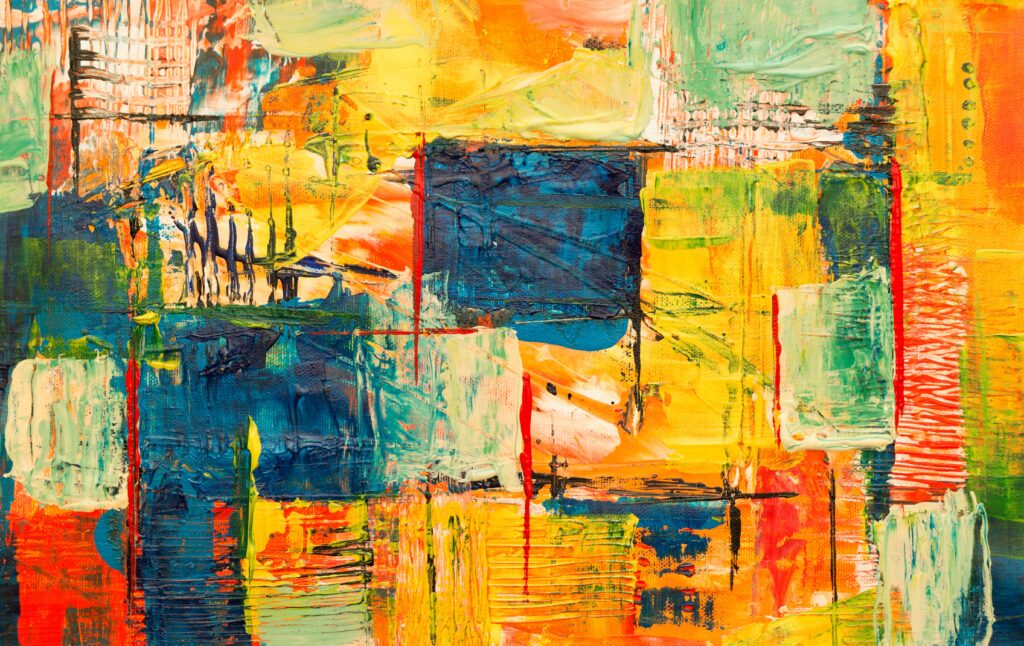
Colors like yellow, orange, and red are considered warm colors. Red, for example, is associated with strong emotions, passion, confidence, and love. It can also be a great color if you want to grab attention and encourage people to take action.
Orange, on the other hand, signifies a sense of energy, vitality, health, and beauty. That’s why it’s used for drink and food sites, as it can boost the appetite of potential customers. Yellow showcases happiness, warmness, and it gives a sense of hope. It can be great for sites that pertain to kids, but also for general stores.
For example, even a simple local website centered around brick masonry can have warmth to it. Budding graphic designer Taylor Anderson of Mesquite Masonry has used warm colors by selecting photos of homes they’ve worked on with the warmth of clay and brick tones. Even though the background of the site is white, as seen in this example you can use photos to add warmth, not just the template.
Cool colors
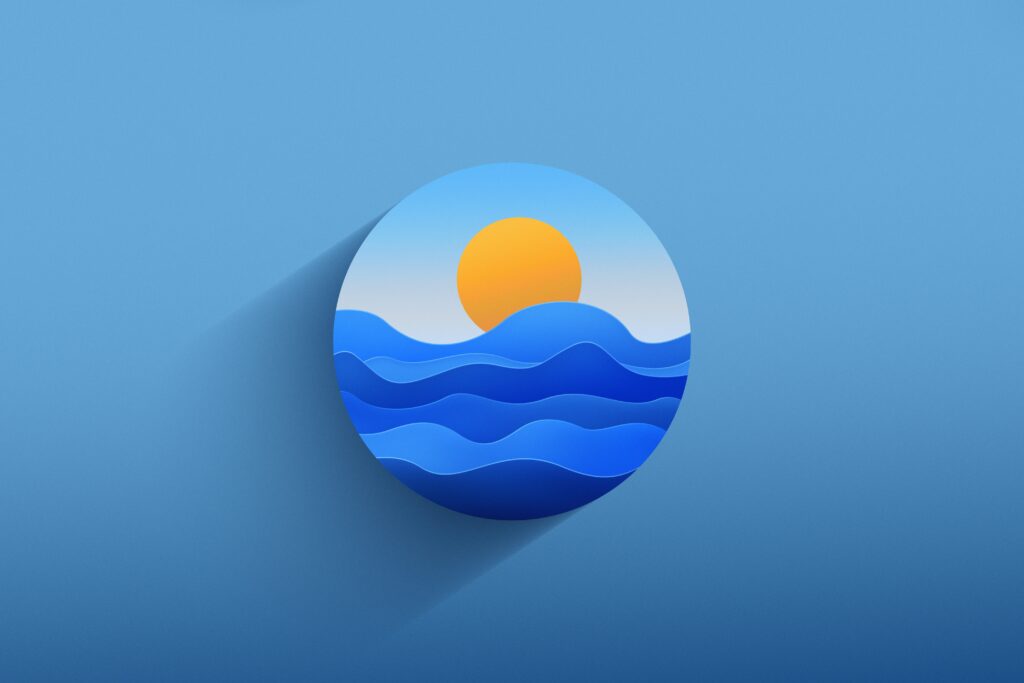
Then we have cool colors, which help show a sense of professionalism, calm and relaxation. Green is connected to money, growth, nature, fertility, and abundance. Then we have blue, which is showcasing a sense of authority, calmness, strength, and stability. Purple, on the other hand is about creativity, luxury, and royalty, but also imagination and mystery.
Neutral colors
Neutrals also play a major role in graphic design and web design trends. Unlike other colors that stand out, these are more suitable for backdrops. You can still use them as a primary way to showcase friendliness and carry your own message in front of the customer. White is a color that signifies peace, purity, innocence, and cleanliness. Then we have black, which is all about mystery, power, magic, but also formality. You can also opt for gray, which is suitable for a more formal, professional website. Brown and beige can be a good pick because it delivers a sense of comfort, family, and reliability.
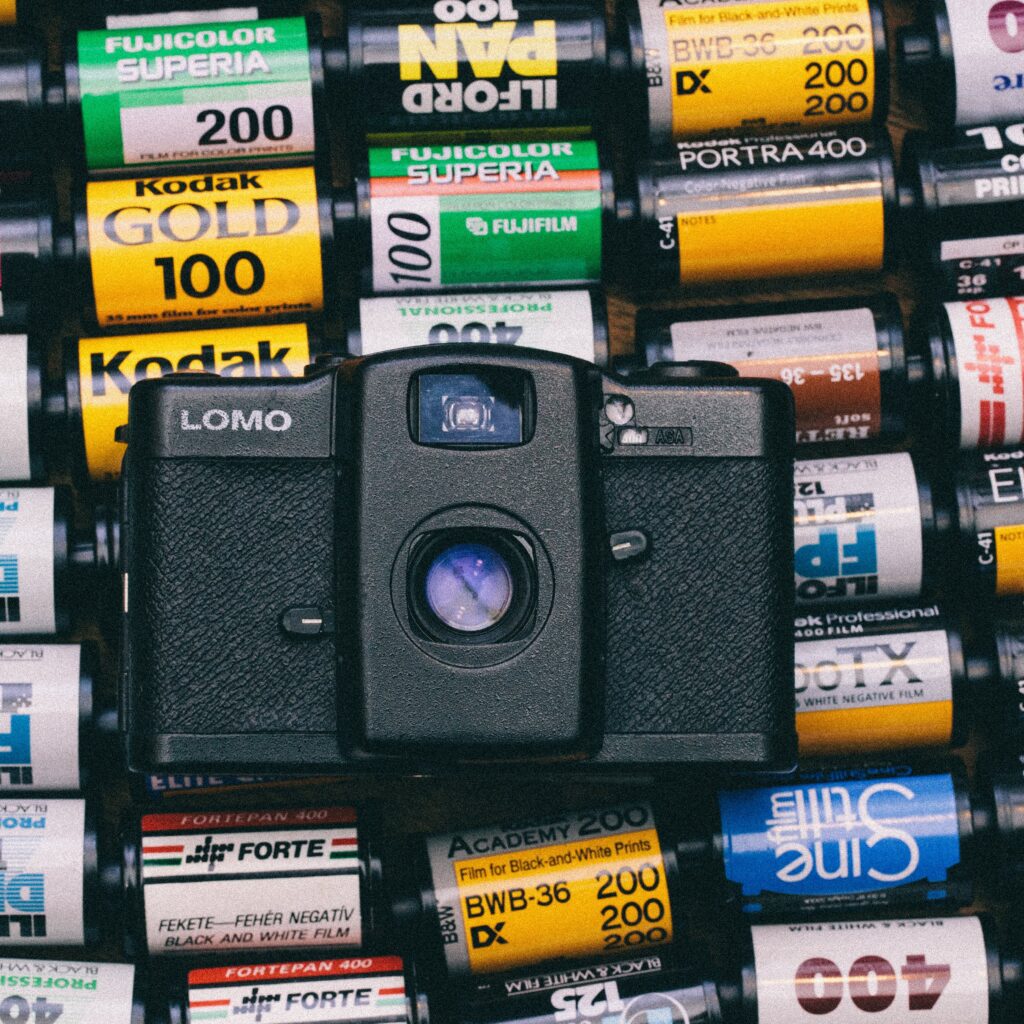
Conclusion
Harnessing color theory and making the most out of colors and their style is incredibly important. Try to stay away from rushing the process as well. Taking your time to ensure the proper selection of color can help your viewers tap into that extra emotion needed to get them to become a brand believer.